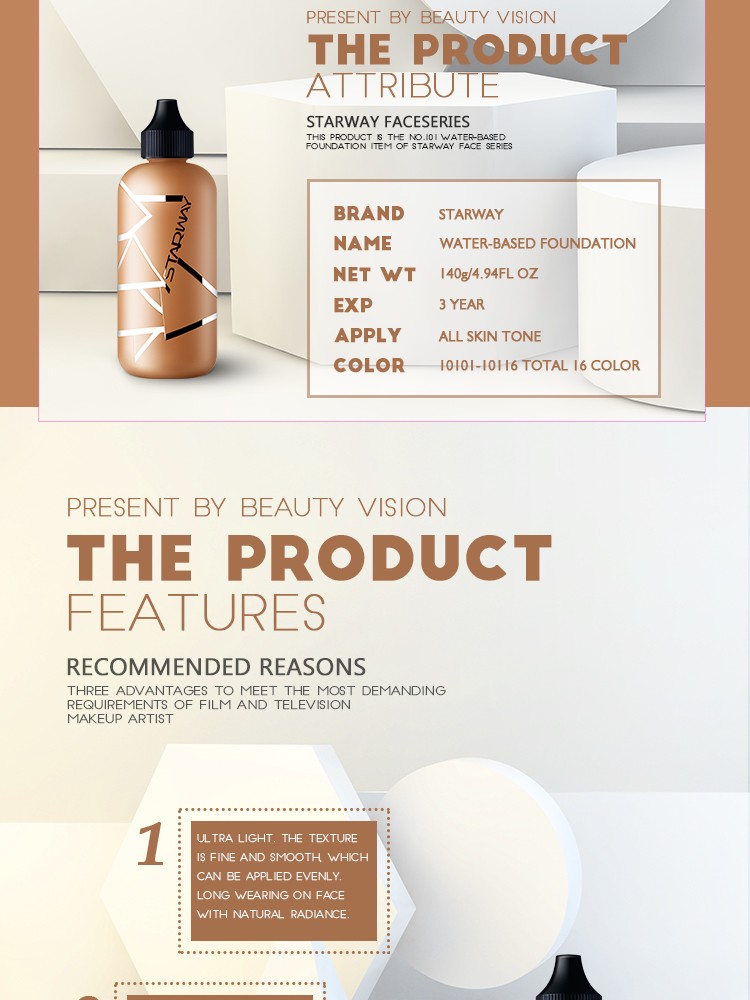

Further, the responsibility of the manufacturer is placed on any person who changes the intended use of a product in such a way that different essential requirements will become applicable, or substantially modifies or re-builds a product (thus creating a new product), with a view to placing it on the Community market.The responsibilities of the manufacturer apply also to any natural or legal person who assembles, packs, processes, or labels ready-made products with a view to their being placed on the Community market "under his own name".The manufacturer is any natural or legal person who is responsible for designing and manufacturing a product with a view to placing it on the Community market "under his own name" (or trademark *).The key questions are:ġ) What is the breakeven point? i.e. Reusable packaging systems should be designed, implemented, and evaluated based on their ability to reduce environmental impacts. That is why we must judge and compare these alternatives on the basis of their respective environmental impacts. Both alternatives have environmental impacts, and under the right (or wrong) conditions, either could we worse for the planet. But an electric car's ability to replace a fossil-fueled one, a waste incinerator a landfill, or a reusable containers a single-use one, is not itself an environmental benefit, but a function of performance equivalency. Displacing single-use packaging is what reusable packaging does - the question that concerns us, is whether it performs the same function at a lower environmental impact.Ĭonfusing displacement with environmental benefit happens all too often. I'm always excited when a major company announces a reusable packaging initiative, and mainstream refill for cleaning products is a long-overdue no brainer! But I am concerned when the only measurement of success appears to be the 'number of single-use packaging units removed'.

#labelling #energyefficiency #behaviourchange #climatechange It'd a great story, and a cautionary tale for other behaviour change schemes. So this year, the scoring system was finally updated with a moving reference point that ensures new appliances are compared against their peers, consumers can see real and significant difference between products, and critically, the label will perpetually drive energy efficiency innovation. And environmental labels are all about driving technological and behavioural change! New grades like A++ and A+++ were created to try and address this, but a three grade spread between A+ and A+++ does not pack the same behavioural punch as does C to A. This is because it used a historic reference point for 'what counts as energy efficient' meaning that as modern appliances improved, they all started coming out with top marks, obscuring real differences between them and critically, eliminating any label-driven incentive to improve. In essence, the old E-rating system was well-designed to spur energy efficiency in the year it was enacted, but not in perpetuity. This picture tells a very interesting story about environmental labelling.īy any account, an A+ is an excellent score, and an F is a terrible one, so how did the same product receive both in the space of a year?!


 0 kommentar(er)
0 kommentar(er)
